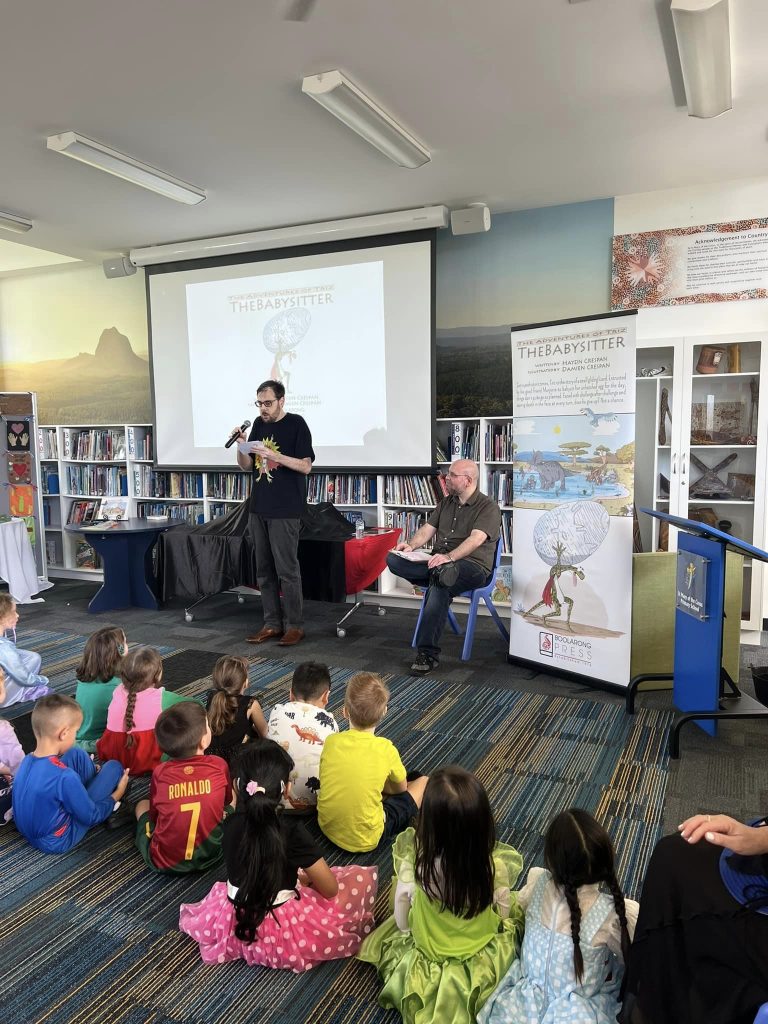The Evolution Of Children’s Fantasy Worlds Through The Years
- Fantasy has always been a gateway to imagination, transporting young readers to realms of magic, adventure, and endless possibilities. However, the children’s fantasy world has evolved significantly over the years, adapting to new storytelling techniques, cultural influences, and modern perspectives.At MustlPig Productions, we believe in pushing the boundaries of children’s literature, creating fresh and exciting fantasy worlds that captivate young minds. Let’s explore how these fantastical realms have transformed over time.
The Early Days: Classic Fairy Tales and Mythology
Before printed books, children’s fantasy stories were passed down through oral traditions. Tales of magical creatures, enchanted forests, and heroic quests were a staple of ancient folklore.
Classic stories such as:
- The Brothers Grimm’s fairy tales (1812) introduced dark yet whimsical worlds filled with talking animals, witches, and hidden lessons.
- Alice’s Adventures in Wonderland (1865) by Lewis Carroll took young readers on a surreal journey into a bizarre, logic-defying realm.
- Peter Pan (1904) by J.M. Barrie introduced Neverland, an island where children never grow up, fueling the desire for escapism.
These early fantasy worlds laid the foundation for generations of storytelling, capturing the wonder and innocence of childhood imagination.
The Golden Age: Expanding the Fantasy Universe
The mid-20th century saw a boom in children’s fantasy worlds, with authors creating richer, more immersive universes. Books during this era introduced:
Fully developed magical realms – J.R.R. Tolkien’s The Hobbit (1937) and C.S. Lewis’ The Chronicles of Narnia (1950) gave readers intricate worlds with detailed maps, cultures, and histories.
Deeper moral lessons – Fantasy stories began incorporating themes of good vs. evil, courage, and friendship.
More relatable protagonists – Children could now see themselves in these fantastical worlds, making the stories even more engaging.This era proved that children’s fantasy worlds were more than just entertainment—they were tools for learning, growth, and emotional development.
The Modern Age: Interactive and Diverse Fantasy Worlds
Fast forward to today, and the children’s fantasy world has expanded beyond books. Modern fantasy stories are:
More diverse and inclusive – Today’s fantasy books feature characters from different backgrounds, cultures, and experiences, making them more relatable and representative.
More interactive – With digital storytelling, augmented reality books, and immersive audiobooks, kids can now experience fantasy worlds in new ways.
Crossing into multimedia – From books to movies, TV series, and video games, fantasy worlds are no longer confined to the pages, they come to life in various formats.At MustlPig Productions, we embrace these modern storytelling techniques, ensuring that our fantasy worlds are engaging, innovative, and immersive.
Why MustlPig Productions is Redefining Children’s Fantasy
We believe that the children’s fantasy world should evolve with each generation. Our approach focuses on:
Unique storytelling – We create fresh, original fantasy stories that blend adventure, humor, and life lessons.
Immersive experiences – Our books are enhanced with audiobooks and interactive elements, making them more engaging.
Meaningful themes – Every story is designed to inspire creativity, problem-solving, and emotional growth in young readers.The Future of Children’s Fantasy Worlds
The evolution of fantasy in children’s literature is far from over. As technology advances and storytelling evolves, we can expect even more magical, interactive, and thought-provoking worlds for young readers.
Want to explore a new era of children’s fantasy? Discover the exciting stories at MustlPig Productions, where imagination knows no limits!


